Capturing a beautiful landscape should be so easy: there’s a gorgeous view right there, in front of you, waiting to be photographed. Yet, landscape photography is rarely as easy as its evocative images make you think it is. But when you know what to look for, and how to go about it, landscape photography becomes so much easier and very rewarding.
Summary
Part 1: What is Landscape Photography?
Landscape photography is the art of making your audience feel as if they are right there, looking out over the scene just as you were when you photographed it. They should feel as if they can smell the grass, feel the breeze in their hair, and touch the leaves framing the image. Or, if it’s an urban landscape, hear the hum of traffic and smell the hubbub of city life. It’s easy to fall into the mindset that landscape photography is always rural, but it can be urban, too!
New York City from across the river or Tower Bridge in London or the lights of Ho Chi Minh City as this landscape photography example demonstrates.
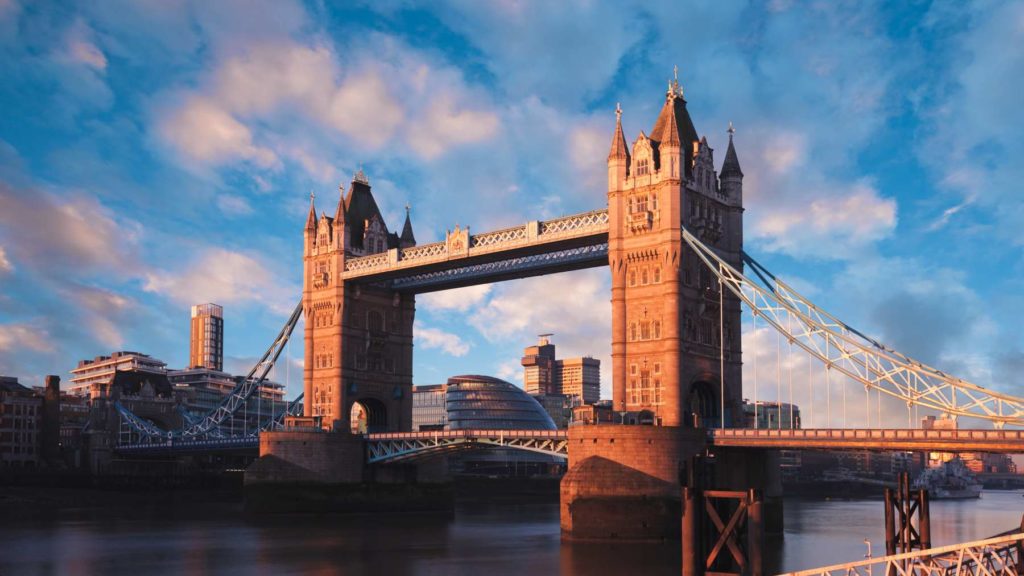
The best camera is always the one that you have with you, so if that means using your iPhone to photograph a landscape, then that is what you should do. Any photo is better than no photo. But if you want to make the most of your sensational landscape, the right gear will help.
- Full-frame sensors with a high dynamic range will allow you the best opportunity to record the deepest range of detail in the scene.
- Wide-angle lenses (under 35mm) take in a broad, sweeping view and they are usually associated with landscape photography but do not dismiss a telephoto lens (over 70mm), either. These have the ability to pull you close in to the scene that reveals details and gives a sense of intimacy.
- If you’re wondering what sort of cameras might deliver, take a look at Nikon D850 (DSLR) or Z6 (mirrorless), Canon 6D Mark II (DSLR) or EOS R (mirrorless).
Part 2: Best Tips and Techniques for Landscape Photography
These simple landscape photography tips and techniques will help you to photograph beautiful scenes to their best effect every time.
1. Use a Tripod
By using a tripod you give yourself the best opportunity to be able to compose your scene perfectly. You can frame it precisely, make minuscule adjustments, and there won’t be any chance of you making a tiny movement that has an undesired impact on your composition. A tripod will also prevent camera shake, whatever the shutter speed, and allow you to use slower shutter speeds without losing sharpness. If you can, try to use a remote shutter release to minimize camera shake. If you don’t have one, use the timer function.
2. Shoot in Raw
When you shoot in Raw, you make the decisions about how your final image will look, not your camera. This means that you can make fine adjustments to contrast, color, or sharpness (for example); it’s not your camera doing what it thinks is optimal.

3. Look for Light
In many respects, there isn’t much that you can do about the angle of the sun in a landscape composition: you are standing where the view is, and the sun is shining from the direction it is. But notice where the light is coming from and the impact that will have on your image is important. Side lighting will mold your scene beautifully and bring out the textures in the shot. Backlighting could give you a stunning silhouette.
4. Know Your Settings
Getting the right exposure for any image is about to give and take. With landscapes, the chances are that you will want a fairly small aperture, which will pull lots of the scene into focus. Think about using somewhere around ƒ/11. A small aperture will require a slower shutter speed to allow for enough light to reach the sensor. This is great for capturing motion. But if you need to use a faster shutter speed to freeze motion, then increase your ISO accordingly. Ideally, your ISO should be as low as possible but it’s there to be used.
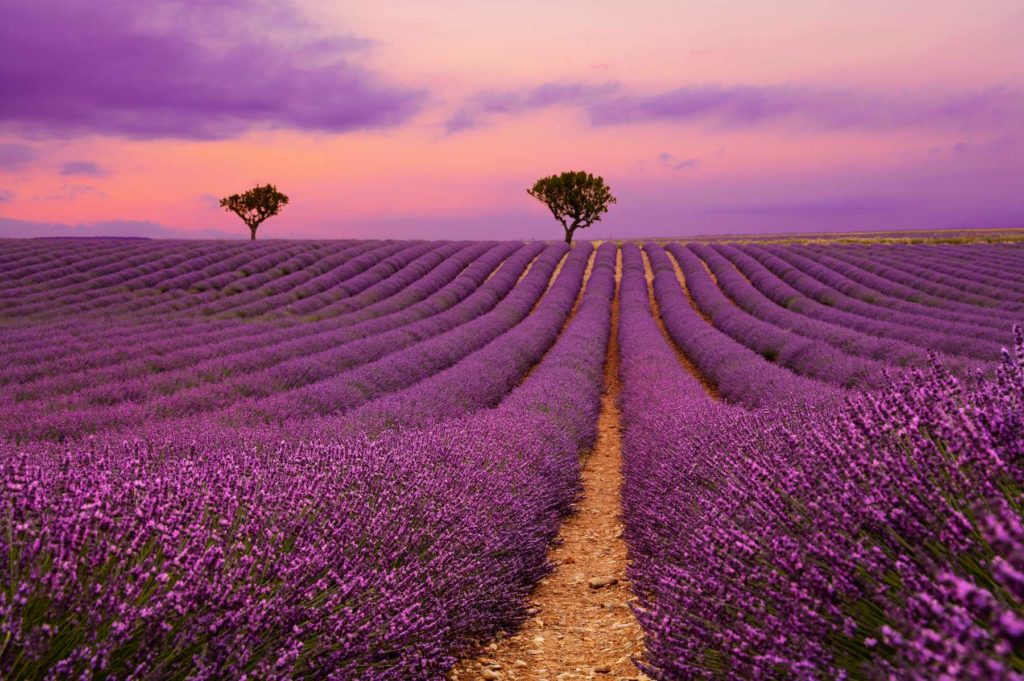
5. Remember the Rules of Composition
Use the rule of thirds to align your horizon and aim to place any subjects where you want the audience to focus on one of the four points of interest. Look for leading lines to draw your audience’s eye through the frame and tell your story. Think about balancing your scene and using color to enhance the story. Are there any natural frames to focus your viewers’ attention? If you’re planning on using symmetry in your composition, do it accurately.
6. What’s Your Subject?
Every landscape scene needs a focal point. Without one, people’s eyes just wander over the image, desperately searching–and failing–for something to rest on. Make sure that your landscape images are actually saying something and that anyone casting their eye over them knows where to look.
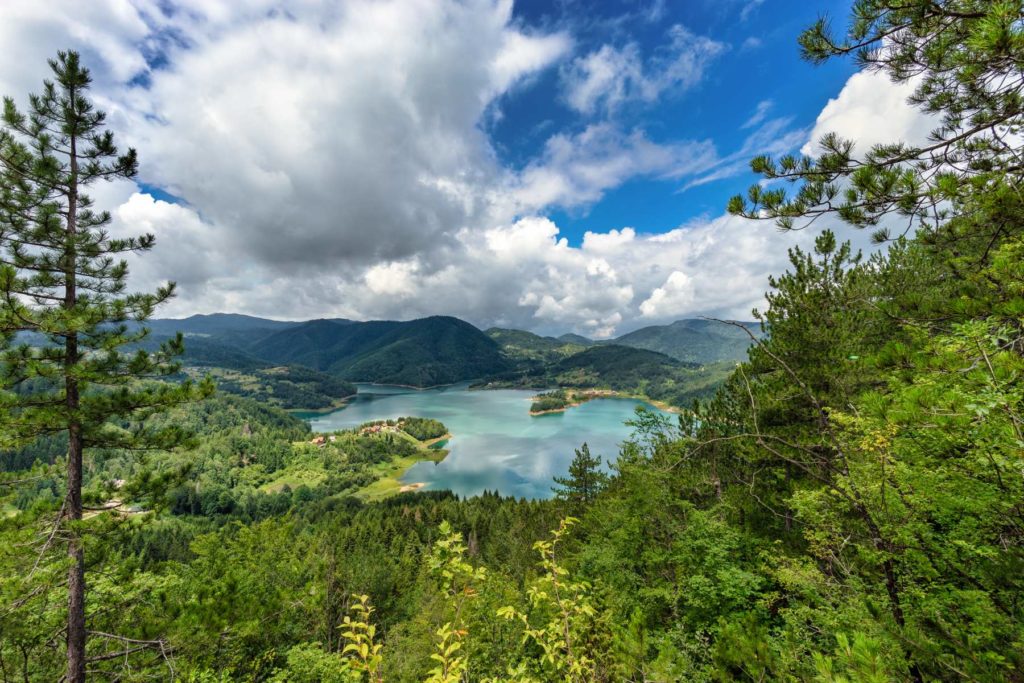
7. Play with Depth and Layers
Landscape photos really come to life when they feature layering and show depth. Telephoto lenses are excellent for capturing layers, but you can also compose your scenes to reveal them, too. Have something in the foreground, middle ground, and background, with the scene stretching off through the frame.
8. Capture the Details
Details are what contribute to a story and hold people’s attention. They are there in every landscape that you photograph, and by bringing them out, you will create a compelling image that people will want to engage with and enjoy.
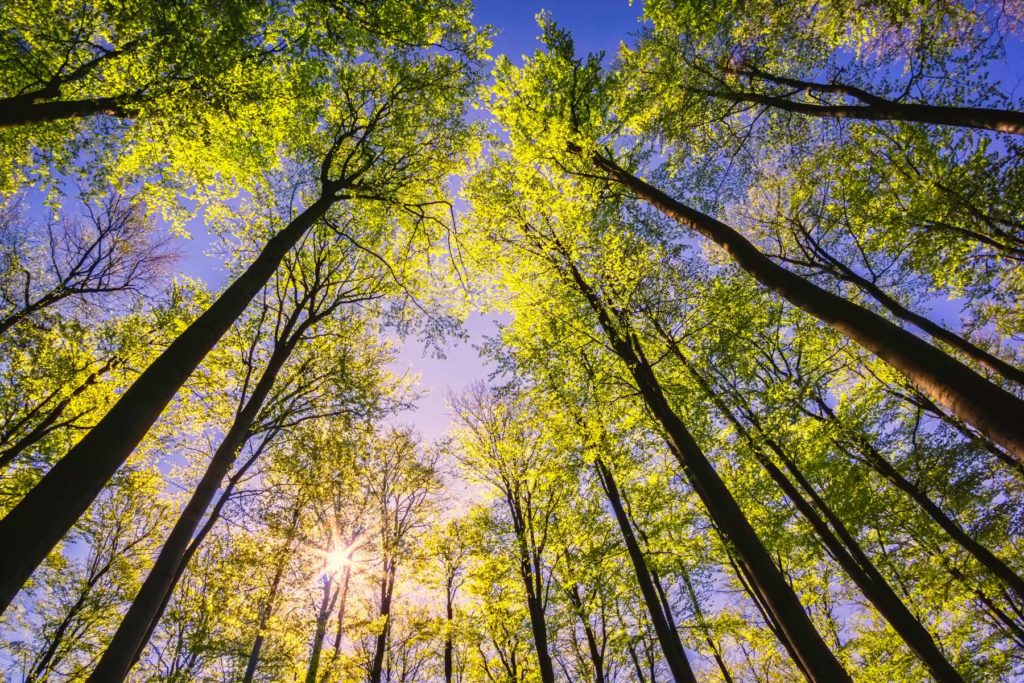
9. Alter Your Viewpoint
Changing your standpoint to photograph a scene can alter its appearance radically. The perspective can shift. You may notice something else on which you want to focus. A change in foreground or background can give an image a very different feel. So step left or right. Go higher or lower. Or try shooting a famous landmark from a radically different position for a new interpretation.
10. “Do a Monet”
The Impressionist artist Claude Monet was famed for his paintings that captured the same scene at different times of the day, at different times of the year, and in different weather conditions. Think about taking a similar approach to your landscape photos. How does the light change the scene from morning to evening? How does it compare in spring to summer, to autumn, and to winter? What’s it like in the sunshine? The fog? On a damp and overcast day? All these variations provide a rich seam of creativity and story-telling.
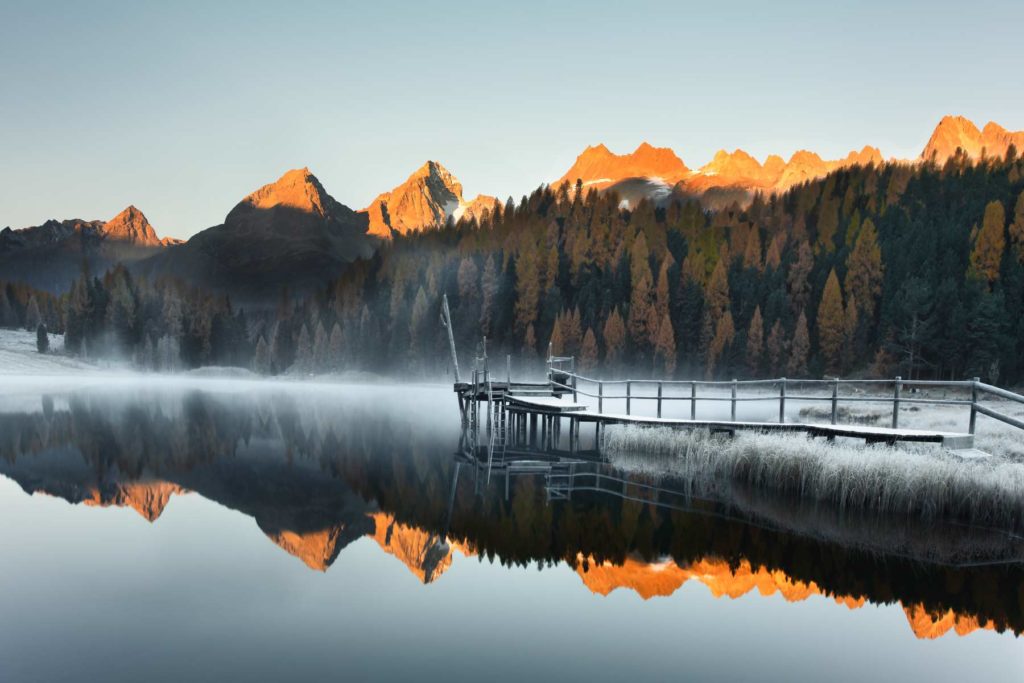
11. Capture Reflections
A shoreline reflected in a lake, or a promontory reflected in the sea are very evocative photos. Be sure to align the reflection accurately, aiming for symmetry if possible, to make the most of the scene. Don’t forget to look for famous landmarks reflected in puddles after the rain, either!
12. Look for Clouds
A cloudless sky might work for some landscapes, but often the clouds in a scene will add extraordinary drama to your photos, as well as another layer in your composition. Look for how the light interplays with clouds, or for unusual and interesting cloud formations.

13. Play with Silhouettes
You create a silhouette when the light is coming from behind your subject, and you expose the background, not the subject. This leaves the subject as an inky-black outline against a well-lit background. For landscape photography, look to capture trees, statues, even people, in silhouette against a dramatic backdrop. It works especially well at sunrise and sunset.
14. What About Movement?
With scenes that feature water, using a slow shutter speed to turn the rush or trickle of a stream into a soft cloud is an often-used technique. You might need to use a neutral density filter so that you can use a long enough shutter speed without overexposing the shot, but do give it a try. Long exposures work in the city, too, when you can record light trails.
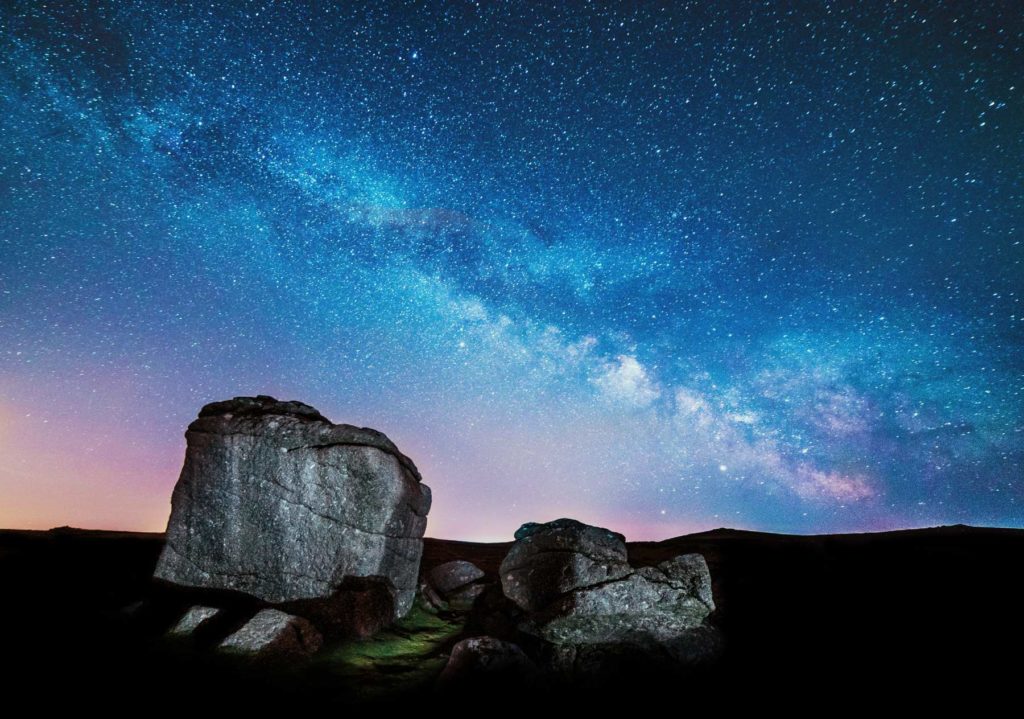
15. Head Off the Beaten Track
While we cannot express enough to be careful and not to go somewhere you shouldn’t, responsibly heading off the beaten track, whether in a rural or urban location can lead you to some terrific photos. An alternative view of a famous vista or something that not many other people see will bring some dynamism to your landscapes.
16. Try Night-Time
Just because the sun has gone down doesn’t mean that you should stop shooting landscapes. In the city, you will have the opportunity to capture bright lights and movement. In more rural areas, you can try your hand at long exposures that bring the milky way to life.
Any scene that you look at and want to impress upon your memory is perfect for landscape photography. It doesn’t matter if it’s a tumbledown barn in a wheat field in the middle of nowhere or traffic whizzing around the Arc de Triomphe in Paris. Focus on ensuring that your audience knows what your story is, and work with what you have so that they can feel as if they were standing right there with you when you took the photo.



























